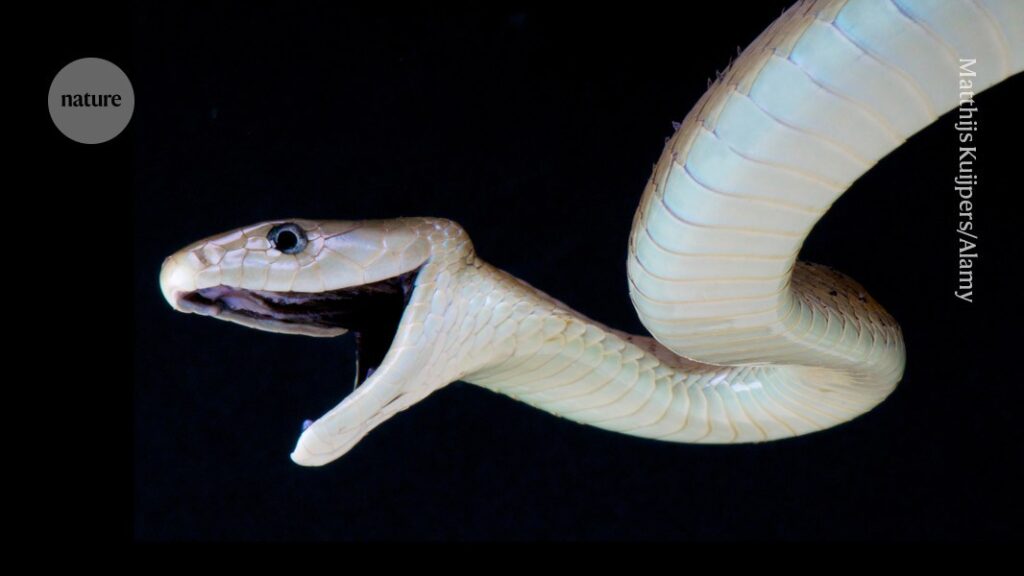
An innovative antivenom derived from llama and alpaca antibodies has shown the ability to neutralize venom from some of the world’s most dangerous snakes. This groundbreaking discovery, detailed in a study published today in Nature, demonstrated that the treatment, when administered to mice, offered protection against toxins from 17 African snake species and significantly reduced venom-induced skin damage.
Snakebites present a critical yet often overlooked public health challenge, particularly in sub-Saharan Africa, where they are estimated to cause approximately 20,000 deaths annually. With around 300,000 snakebite incidents occurring each year in this region, the resulting tissue necrosis leads to roughly 10,000 amputations.
Current Challenges in Snakebite Treatment
Traditional antivenom therapies involve injecting large animals like horses with small doses of snake venom, prompting them to produce antibodies. These antibodies are then harvested from the horse plasma for use in treating human snakebite victims. However, these antivenoms are typically specific to a single snake species, complicating treatment when the snake responsible for a bite cannot be readily identified.
Anne Ljungars, a bioengineer at the Technical University of Denmark, highlights the difficulty in promptly identifying the snake species responsible for a bite, which delays necessary treatment. Additionally, horse-derived plasma contains various antibodies and proteins that can provoke adverse immune reactions in humans. Furthermore, these conventional antivenoms often fail to prevent the local tissue damage that snakebites can cause.
Innovative Camelid-Derived Antibodies
To address these challenges, researchers developed a broad-spectrum antivenom by exposing an alpaca and a llama to venoms from 18 of the most dangerous elapid snake species found in sub-Saharan Africa. Elapids, known for their erect fangs, include notorious snakes such as cobras, mambas, and rinkhals. From these camelids, the research team isolated nanobodies—smaller, tissue-penetrating versions of antibodies capable of binding to and neutralizing tissue-destroying toxins.
The researchers combined eight of these nanobodies into a single antivenom cocktail. When tested on mice injected with snake venom, this recombinant antivenom successfully neutralized venoms from 17 of the 18 targeted snake species. It also significantly outperformed the widely used Inoserp PAN-AFRICA antivenom in reducing venom-induced skin damage.
Implications and Future Directions
The development of a broad-spectrum antivenom was previously considered impractical due to the vast number of antibodies thought necessary to counteract the numerous toxins found in snake venoms. However, the study’s authors have demonstrated that a more streamlined approach using camelid-derived nanobodies is not only feasible but highly effective.
“It was previously thought that developing a broad-spectrum antivenom would require ‘an impractically large number of antibodies,’ the authors wrote, because the venom of some snake species can contain up to 100 toxins from several protein families.”
This breakthrough represents a significant advancement in the fight against snakebite-related morbidity and mortality. The potential for a universal antivenom could drastically improve treatment outcomes, particularly in resource-limited settings where snake identification and access to specific antivenoms are challenging.
Looking forward, further research and clinical trials will be necessary to confirm the safety and efficacy of this antivenom in humans. If successful, this innovation could revolutionize snakebite treatment and provide a much-needed solution to a pressing public health issue.





